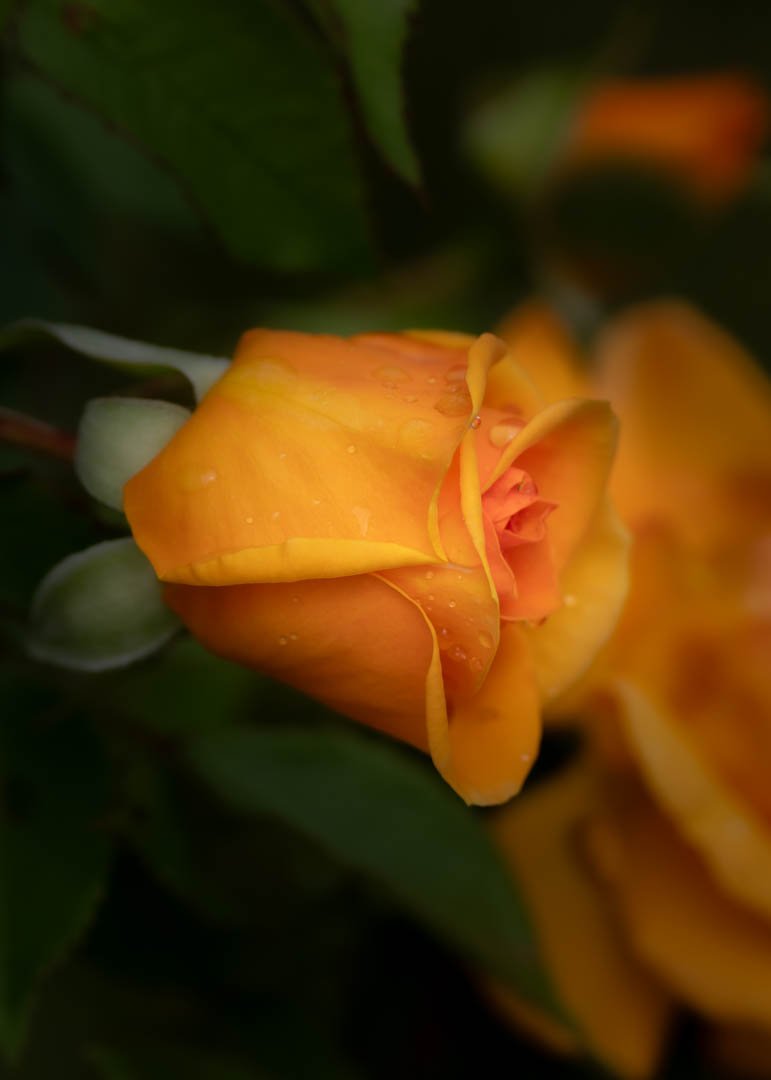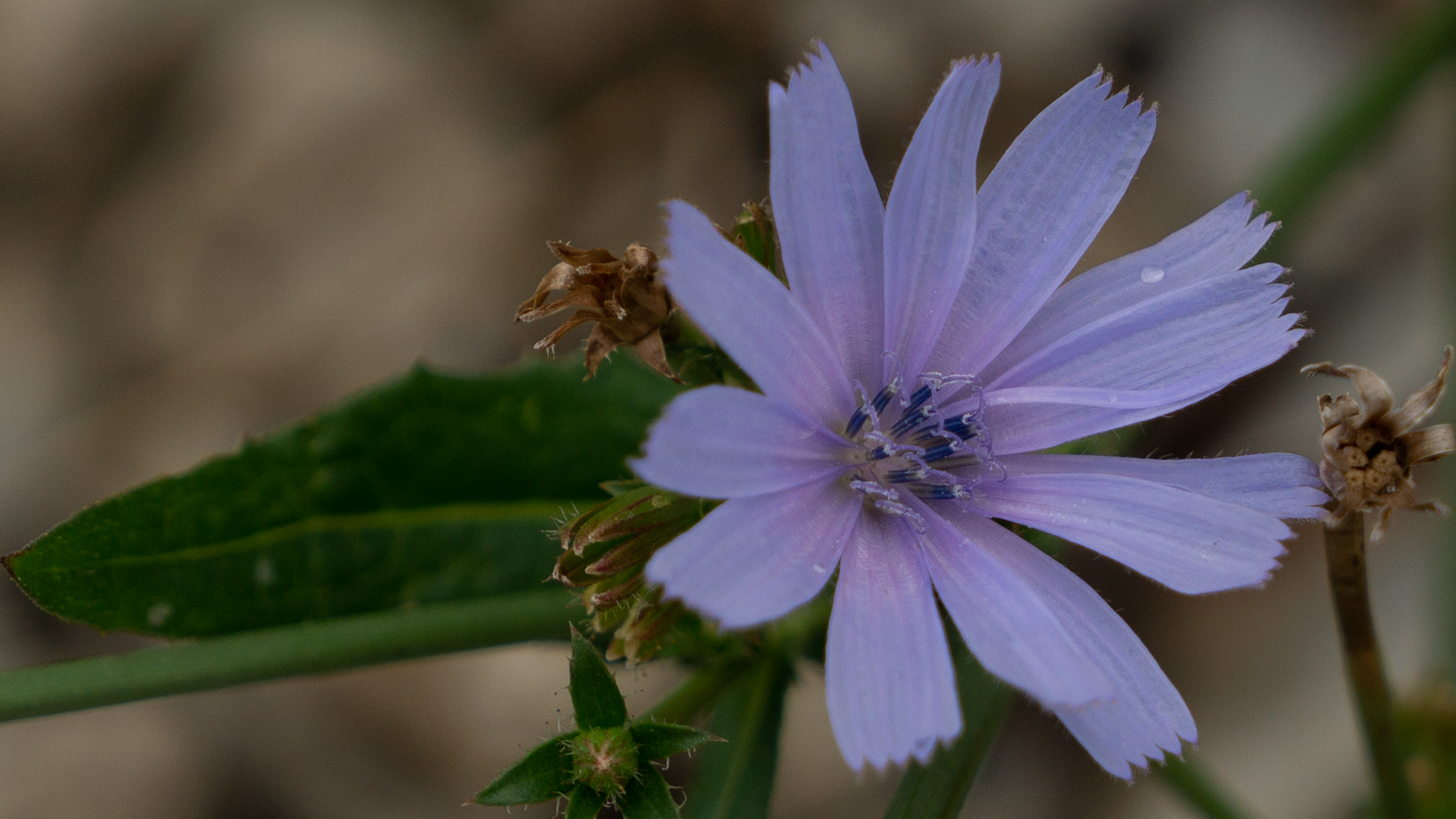Roses, with their timeless beauty and enchanting fragrance, have long captivated gardeners and admirers alike. Caring for these elegant flowers requires a blend of passion and attention to detail. Here are some essential tips to ensure your roses thrive:
- Choosing the Right Location: Roses love sunlight, so select a spot in your garden that receives at least 6 hours of direct sun each day. Ensure good air circulation to prevent diseases.
- Planting Properly: Dig a hole slightly larger than the root ball of your rose plant. Mix in compost or aged manure to enrich the soil, providing essential nutrients. Plant the rose with the graft union (swollen area where the canes meet the roots) just above the soil level.
- Watering Wisely: Roses need regular watering, especially during dry spells. Water deeply to encourage deep root growth and avoid shallow watering that can lead to weak roots.
- Fertilizing Regularly: Feed your roses with a balanced fertilizer formulated for flowering plants. Apply according to package instructions, typically in early spring as new growth begins and again in midsummer.
- Pruning for Health and Shape: Pruning is crucial for the health and aesthetics of roses. Remove dead, damaged, or crossing branches to improve air circulation and reduce the risk of disease. Prune in late winter or early spring before new growth appears.
- Protecting from Pests and Diseases: Keep an eye out for common rose pests like aphids, spider mites, and Japanese beetles. Use organic pesticides or insecticidal soap sparingly to avoid harming beneficial insects.
- Mulching: Apply a 2- to 3-inch layer of mulch around the base of your roses to retain moisture, suppress weeds, and regulate soil temperature. Organic mulches like shredded bark or compost are excellent choices.
- Deadheading Spent Flowers: Remove spent flowers regularly to encourage continuous blooming throughout the season. Cut back to a set of healthy leaves or an outward-facing bud.
- Winter Care: Depending on your climate, consider mulching around the base of the plant in late fall to protect roots from freezing temperatures. In colder regions, you might need to mound soil around the base of the rose and cover it with a layer of straw.
- Observation and Enjoyment: Finally, spend time observing your roses. Notice any changes in foliage color, flower production, or signs of pests or diseases. Taking proactive measures early can prevent problems from escalating.
Caring for roses can be a rewarding experience, offering not just beautiful blooms but also a connection to nature’s cycles. With proper attention and care, your roses will flourish, bringing joy and elegance to your garden for years to come.




